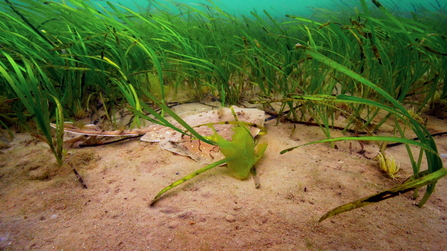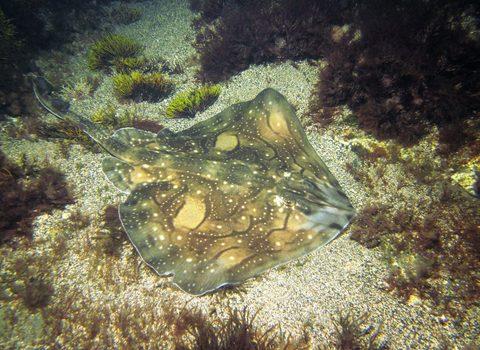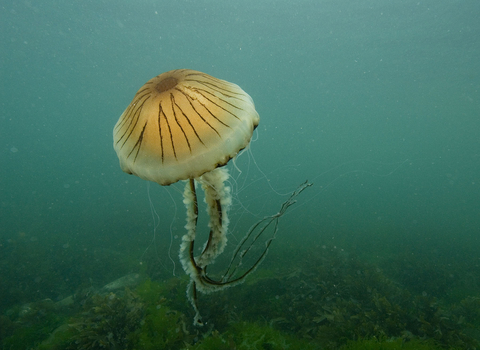“Happy for you to give me a call. Early evening is best,” Sheilah emails back, “not 7:00-7:15 – NOTHING takes precedence over The Archers.” I suggest 6pm, underlining it twice in my diary; something tells me I mustn't be late.
Sheilah and Martin Openshaw run the Undulate Ray Project, tracking rays off the Dorset coast between Portland and St Albans Head (could this retired couple have a more perfect name for this work?). Although an endangered species from Morocco to the north Atlantic, undulate rays are locally abundant here, probably thanks to the success of fishing regulations.
But so little is known about undulates and understanding more about their behaviour and habitat is at the heart of the project:
“We want to know how large the rays’ home territory is, where they lay their eggs and where the young develop before people see them as relatively large juveniles. We can feed this information back to the Wildlife Trust which helps them plan for the rays’ future.”




